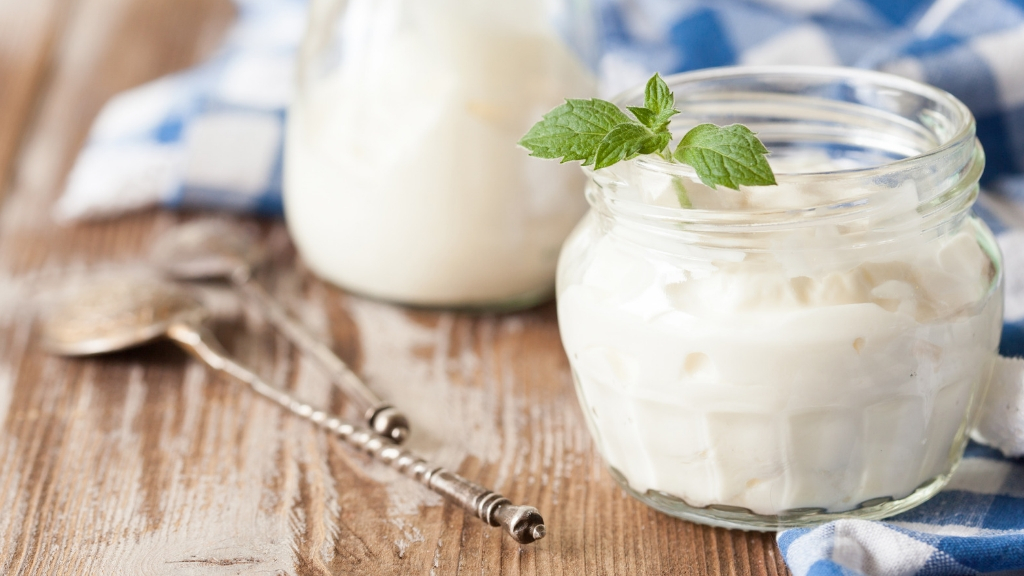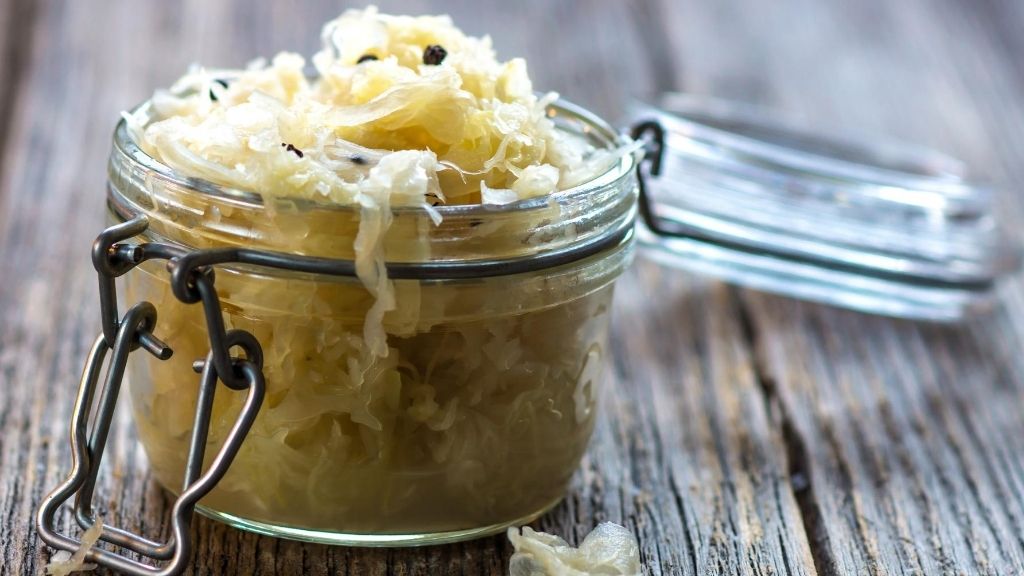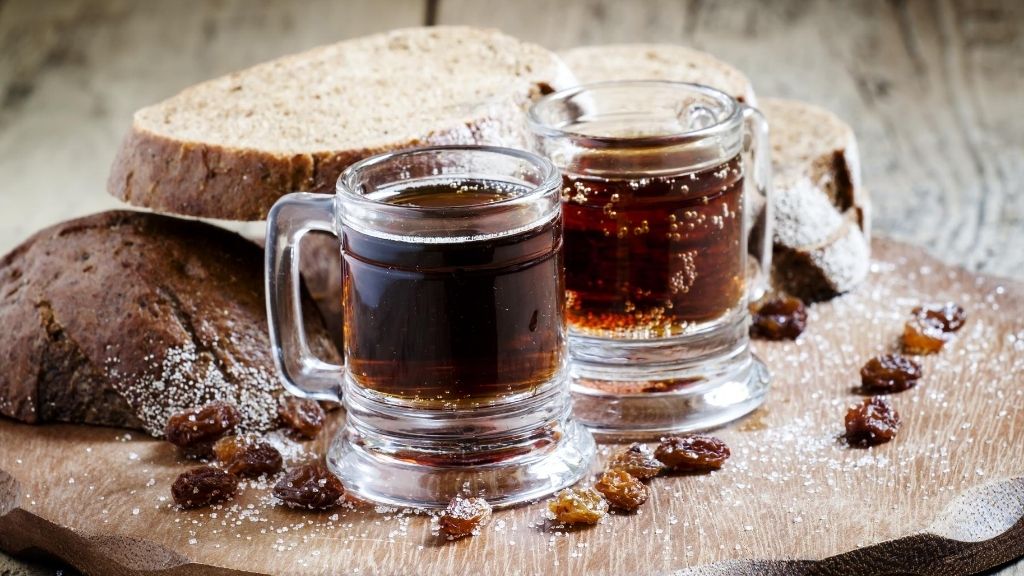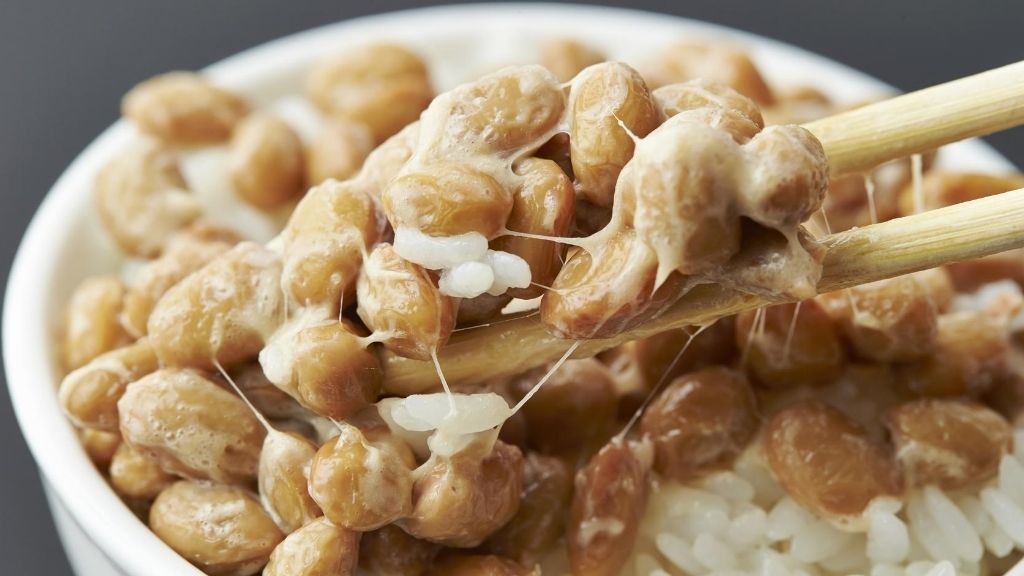When you hear the phrase fermented food, what do you think of? Do you crinkle up your nose and think of sauerkraut or kimchi—both very strong-tasting foods that are typically an acquired taste?
Well, it’s time to let go of that image of fermented foods and embrace what might be the next trendy food craze. Did you know that the list of fermented foods includes bread, cheese, yogurt, chocolate, and more?
There are many reasons to enjoy more fermented foods in your diet, particularly the numerous health benefits.

Fermented Foods: More Than Meets the Eye
Fermented or cultured foods are packed full of the beneficial probiotic bacteria that everyone’s buzzing about these days. The benefits of having healthy gut bacteria are multifold and can boost your digestion, cognitive function, immunity, build bone density, and help fight common environmental threats.
So, what is fermenting, and how do you do it safely? Fermented foods are left to sit for a while as the natural sugars and carbohydrates interact with bacteria, yeast, and microbes to change the chemical structure of the food.
When they’re properly fermented, foods last longer in storage, and the body more easily absorbs the nutrients.
If you’re interested in fermenting at home, it’s not a very difficult process. Plus, it can be fun to experiment with different herbs and combinations to make your own culinary masterpieces.
Which Fermented Foods Are Healthiest
Whether you’re going to make the fermented foods at home or buy them ready-made at the store, the foods you should focus on for health benefits include:
1. Yogurt
This fermented dairy product has been around for a very long time and is widely accepted for its health benefits as well as its flavor. It’s one of the top fermented foods that people eat regularly.

2. Kefir
Kefir is similar to yogurt. It’s another fermented milk product that’s thinner than yogurt but similar in flavor and health benefits. It carries a heavy dose of benefits, including high levels of vitamin B12, calcium, magnesium, vitamin K2, biotin, folate, healthy enzymes, and probiotics.
3. Kombucha
Another fermented beverage, kombucha, has hit a popularity high the last few years, even though it’s been around for thousands of years. Made with black tea and sugar, this vinegary-smelling drink kills bad bacteria with its antibacterial properties and boosts the good bacteria in your gut for better digestion.
4. Sauerkraut
Good old sauerkraut. This fermented cabbage dish has been around for a very long time, with roots in German, Russian, and Chinese cuisine. It’s very high in dietary fiber, vitamins A, C, B, and K, iron, copper, calcium, sodium, manganese, and magnesium.
Make note that sauerkraut needs to be fermented to bring you all of these beneficial nutrients. Not all store-bought sauerkraut is actually fermented, so you’ll want to make sure to check the label.

5. Kimchi
A Korean staple food, kimchi, is very similar to sauerkraut as it is also made from cabbage. Kimchi also includes some spices and other seasonings and is often added to recipes.
The proven health benefits of kimchi make it clear why it’s such a popular dish and superfood. It benefits those at risk for heart disease and diabetes. It also helps with weight loss, digestion, and skin health.
6. Pickles
America’s favorite condiment is actually good for you. But, similar to sauerkraut, not all store-bought pickles are fermented, so you need to choose wisely. Fermented pickles are packed in easily digestible vitamins, minerals, antioxidants, and probiotics. Farmer’s markets can be a great place to find fermented pickles, or you can make them at home.
7. Kvass
Have you heard of kvass yet? If you haven’t yet, you will. It’s a fermented beverage that’s packed with probiotics and cancer-fighting benefits. Kvass tastes similar to beer, and it’s made from stale, sourdough rye bread.
It is considered non-alcoholic, but the longer it ferments, the greater its chance of becoming alcohol becomes. Kvass can be flavored with different fruits and is packed with healthy nutrients.

8. Miso
If you love Japanese food, you’re probably very familiar with miso soup. This simple, staple soup is actually very good for you. And miso doesn’t just have to come in soup forms.
Miso means fermented beans, so you may find miso paste is a great way to get that beneficial bacteria as well as vitamins B, E, K, and folic acid.
9. Tempeh
Both miso and tempeh are made from soybeans. Tempeh is a mix of live mold used as a starter when combined with soybeans. After a day or two of fermenting, it turns into a dense, cakey substance similar to tofu but more grainy. It’s packed with protein and probiotics.
10. Natto
Sticking with the soybean theme, natto is a popular Japanese food. Natto is definitely an acquired taste for the non-Japanese in the crowd. The smell is strong, the flavor is deep, and the texture is sticky and slimy at the same time.
Before you turn up your nose, though, know that natto has one of the highest healthy bacteria counts and can possibly lessen the severity of heart attacks and strokes.

11. Raw Cheese
Raw cheeses are made with milk that hasn’t been pasteurized. Raw cheese is packed with healthy probiotics, but a label check is necessary to make sure it’s made from unpasteurized milk.
12. Lacto-Fermented Oatmeal
One way to ferment is the lacto-fermentation process. Traditionally this is done by submerging vegetables in brine, but you can achieve the same effect by adding yogurt to your overnight oats. This is a great way to accelerate healthy fiber absorption.
The Bottom Line
There are probably a lot of fermented foods around you every day, and you never realize it. In fact, some of them might be your favorite foods.
Opening your palate to trying new fermented foods and even acquiring a taste for them will not only spice up mealtime but will also bring a host of healthy probiotics into your life. In addition to the gut benefits, you’ll get fermenting produce already rich in nutrients, making them more absorbable in your body, so you reap even more rewards.






